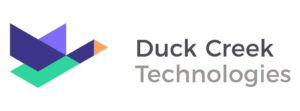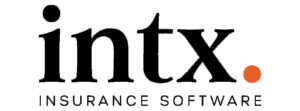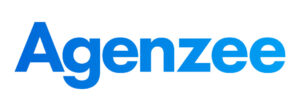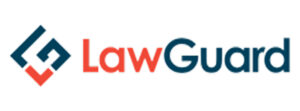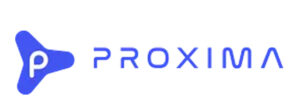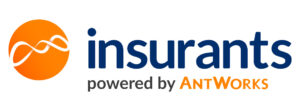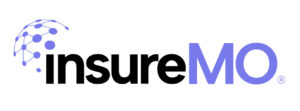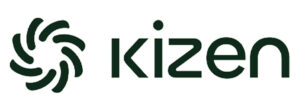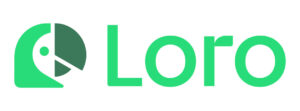InsurTech
Cores, Risk, Billing & Payments
Representative InsurTech Companies
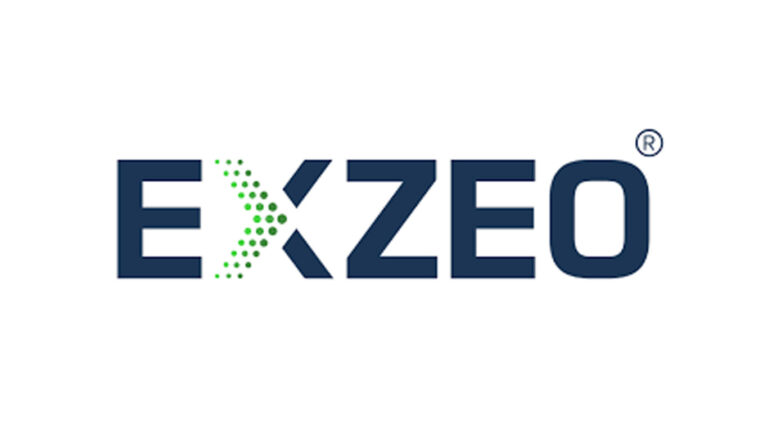
Insurance Tech Firm Exzeo Valued at $1.9 Billion in Muted NYSE Debut
Exzeo Group, an insurance technology firm based in Tampa, Florida, made a muted debut on the NYSE with shares opening

Aviva Ventures Invests in Indico Data to Drive AI Insurance Automation
Aviva Ventures has made a strategic investment in Indico Data, a Boston-based AI firm automating underwriting, claims, and policy workflows.

Adam T. Hark
Managing Member
InsurTech Expert
Representative InsurTech Companies
Insurtech (insurance technology) refers to the use of innovative technologies to improve what is arguably the most antiquated sector of financial services – the insurance industry. Through the implementation of general purpose technologies (machine learning and IoT) and digital automation, the insurtech sector is awash with percolating point and full-stack solutions addressing an industry that continues to be burdened by manual tasks and paper-based processes.
From outdated cores, which are responsible for policy management, risk management, and billing and payments, to obsolete and insufficient data collection, there’s never been a greater need to modernize such a critical area of financial services. Conceptually, what’s happening in the insurance sector is analogous to what’s happening in banking – digitalization and automation with the ultimate objective of creating better user experiences, lowering costs, streamlining workflows, saving time, reducing risk, and building efficiencies that directly benefit ecosystem users and providers alike.
Wellesley Hills Financial views insurtech as one of the last greenfield opportunities in fintech, and is proud to represent its most innovative founders in their journeys to attract investment, and help legacy players identify the best technologies to modernize their stacks and remain competitive.
Policy Administration Systems (PAS)
Policy administration systems work as a central hub that manages insurance policies from issuance to renewal or cancellation. Key features include quoting and underwriting, policy issuance, endorsements and renewals, billing and payments, compliance and documentation. Latest innovations are API-enabled platforms, cloud-native PAS and low-code configurations.
Claims Management Systems
Claims management systems handle the entire claims lifecycle – from the first notice of loss (FNOL) to settlement. Key features include digital FNOL submission (often via apps or portals), AI-driven claims triage and fraud detection, automated workflows for adjusters and integration with repair networks and payout systems. The latest innovations are image recognition for damage estimation, chatbot-based filing and blockchain for transparent claims handling.
Underwriting & Risk Assessment Systems
Underwriting and risk assessment systems evaluated risks to determine coverage eligibility and premium pricing. Key features are access to third party data (credit scores, driving habits, health records), predictive analytics and AI models, and real-time risk scoring. Recent innovations are telematics (e.g., car sensors), wearable data for health insurance and IoT for property risk assessment.
Pricing & Actuarial Systems
Pricing and actuarial systems use statistical modeling to set premiums and forecast risk. Key features include actuarial modeling tools, AI/ML for dynamic pricing and real-time data integration. Recent innovations include on-demand pricing (e.g., pay-per-mile auto), usage-based insurance, AI-driven actuarial predictions.
Customer Engagement & Distribution Platforms
Customer engagement and distribution platforms serve as interfaces for customer acquisition, onboarding and servicing, Key features are mobile apps and digital portals, chatbots and virtual agents and embedded insurance in ecommerce. Fresh innovations are comparison platforms (e.g., Lemonade, Hippo), instant quoting and self service policy management.
Fraud Detection & Prevention Systems
Fraud detection and prevention systems monitor data to detect suspicious behavior or potential fraud. Key features include machine learning pattern recognition, image and document forensics and cross-industry data sharing. Recent innovations are AI for anomaly detection and blockchain for audit trails.
Data Aggregation & API Integration
Data aggregation and API integration connects multiple systems and external data sources to create a unified ecosystem. Key features include APIs for third-party data (e.g., DMV, weather, health records), real-time data pipelines and middleware for legacy integration. Recent innovations include open insurance frameworks and insurtech-as-a-service platforms.
The Importance of Insurtech
- Enhances the customer experience: Foregoing the traditional customer experience of having to travel to a branch or speak to a representative, the future of insurtech is moving towards self-serve, online dealings where customers have their choice of engagement channel. Additionally, through leveraging technology, customers are more engaged in selecting their coverage, understanding their needs and get more personalized service.
- Promotes efficiency: The Internet and apps allow policy-seekers and policy-holders to research and explore their options without having to wait for traditional business hours or an unavailable representative. Many insurtech companies empower users to quickly access the information they need without being bogged down in the processes.
- Emphasized individuality: As a result of accelerated information gathering and data processing, many new tools are available to better understand each individual’s needs, which not only improves pricing but also delivers more reliable, consistent coverage based on historical data.
- Improves flexibility: Modern insurtech offerings have more flexible, customizable, short-term and transferable plans, foregoing traditional long-term arrangements. These plans are able to give individuals specific coverage for specific needs over a specific duration of time.
- Reduces operating costs: Insurtech companies are able to operate remotely with staff engaging with customers around the world. This supersedes traditional insurance companies who relied on brick-and-mortar locations that necessitated manual labor.
- Decrease fraud: By leveraging data, analytics, trend analysis, and machine learning, insurtech companies may be able to detect fraudulent activities if inconsistencies in data arise. In addition, big data may also be able to discover potential loopholes that insurers can seek to close to avoid exploitation.
Innovations Fueling the Insurtech Advancements
The advancements in technology isn’t just scaling up, it is also expanding out to cover a whole new range of applications. The most notable technologies that are being adopted and leveraged in insurance are AI and machine learning (ML), automation, bid data, blockchain, drones and internet of things (IoT).
Artificial intelligence (AI) and Machine Learning (ML)
Artificial intelligence functions allows for certain tasks, which previously required human interaction, can now be performed exclusively on technology. A leading example is traditionally, customers would have to interact with representatives to have their questions answered, nowadays through AI and ML, interactive discussions with chatbots allow a customer to receive help without talking to a human. Machine learning has the ability to extract historical data and compile predictive models which are used to distribute information and can be set to a feedback loop.

